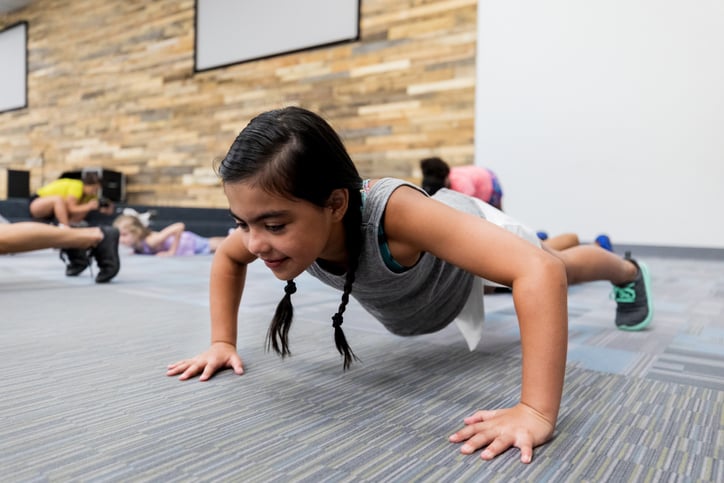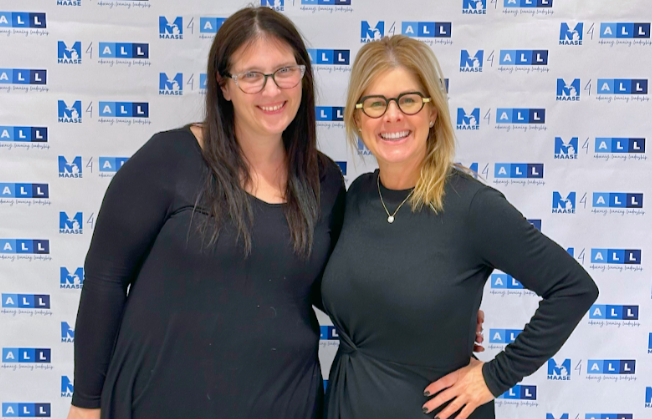Finding Fun and Fitness: Exercise for Autistic Children and Young Adults
A growing community of inclusive exercise programs promises that fitness can be a source of fun, rather than one of frustration, for autistic children.
By choosing activities that will have a greater likelihood of success for your child, by adapting exercise programs for your child’s needs, and by drawing on ways to instill a sense of community, exercise can be fun for your child or teen and not frustrating!
The conventional relationship between fitness and competition is undeniable in a sports-driven world. The goal serves as a public testament to physical grit, be it winning a soccer game, deadlifting 300 pounds, or running “the mile” in gym class. While many thrive within this traditional perception of fitness, it can be discouraging for our most vulnerable populations.
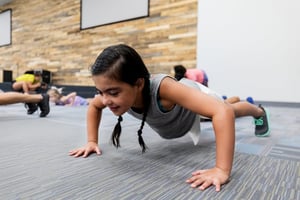 A loathing of exercise is visible in the high rate of obesity among autistic teens, as seventy percent identify as overweight or obese at a rate that is three times higher than neurotypical individuals (Phillips, 2014). The health ramifications of excess weight are numerous: increased risk of Type II Diabetes, heart disease, high blood pressure, sleep disorders, and some varieties of cancer. This startling trend underscores how consistently the needs of people with disabilities are excluded within traditional fitness communities, to the detriment of their physical well-being. It is pivotal for the health of autistic children and young adults to embrace, adapt, and publicize inclusive methods of exercise that inspire individuals of all abilities to find joy in fitness.
A loathing of exercise is visible in the high rate of obesity among autistic teens, as seventy percent identify as overweight or obese at a rate that is three times higher than neurotypical individuals (Phillips, 2014). The health ramifications of excess weight are numerous: increased risk of Type II Diabetes, heart disease, high blood pressure, sleep disorders, and some varieties of cancer. This startling trend underscores how consistently the needs of people with disabilities are excluded within traditional fitness communities, to the detriment of their physical well-being. It is pivotal for the health of autistic children and young adults to embrace, adapt, and publicize inclusive methods of exercise that inspire individuals of all abilities to find joy in fitness.
Benefits of Fitness for Autism
The universal benefits of fitness— increased energy levels, better heart health, reduced risk of all-cause mortality, and beyond — can noticeably enhance the quality of life for autistic individuals. A growing body of research indicates that autistic individuals receive enhanced benefits from routinized exercise, including:
-
Increased development of manipulative skills, locomotor skills, skill‐related fitness, and muscular strength and endurance (Healy, 2018)
-
Increased social functioning skills within team-based sports (Healy, 2018)
-
Decreases in self-injurious and maladaptive behavior (Sowa & Meuleunbroek, 2012)
-
Decreases in repetitive behavior, such as rocking, clapping, etc. (Kaur, 2012)
Obstacles to Fitness for Autistic Children and Young Adults
While a lack of movement is not the sole cause of obesity, given the key roles nutrition, genetics, and stress play in human function, exercise is a cornerstone of a healthy lifestyle. The quest for physical wellness is more difficult for autistic individuals, given several biological obstacles within the disorder that can hinder movement. Many autistic teenagers experience gaps in motor function, muscle tone, and bodily communication when compared to their neurotypical peers (Pan, 2012). This distinction can be disheartening for autistic children, discouraging them from participating in conventional youth sports.
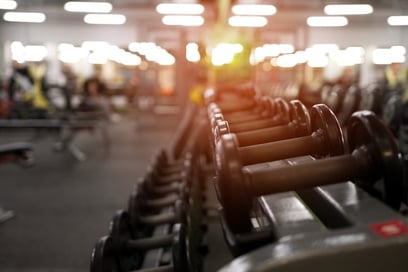
An even greater barrier to health for those diagnosed as autistic is the noisy and chaotic environments in which fitness takes place. Autistic individuals can experience sensory sensitivities to sights, sounds, smells, tastes, touch, balance, and body awareness. While reactions to stimulations vary greatly, the majority of autistic individuals can be triggered by loud volumes, bright lights, physical contact, and movement: all characteristics commonly found in fitness arenas (Kaur, 2012).
Despite the often overwhelming nature of team sports, public gyms, and physical education, slight adaptations to these standardized spaces greatly enhance the experience for autistic children and young adults. Fitness can be a source of fun, rather than one of frustration.
Making Fitness Fun for Autistic Teens
There is an ever-growing movement to make fitness more accessible for individuals with disabilities. Autistic individuals can feel more secure in establishing a fitness routine when the activity, adaptation, and community align with their personal preferences. The lists below contain methods to make exercise engaging for all individuals as they pursue a healthy lifestyle.
Activities
While common perceptions of fitness are restricted to team sports or the gym, there are an exhaustive number of physical activities that promote health and wellness. The list below contains examples tailored to the autistic community that can be further adapted to suit the needs of individuals.
-
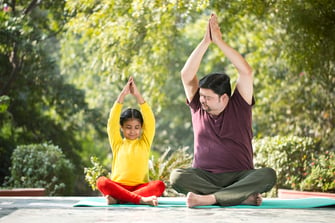 Mindfulness/yoga and meditation:
Mindfulness/yoga and meditation: A low-stimulating mindfulness routine can encourage physical and emotional wellness by reducing anxiety in users with regular practice.
-
Walking, running, and hiking:
These low-investment activities can be enjoyed outdoors or in a gym, depending on the preferences of the participant.
-
Water sports such as canoeing, kayaking, and swimming:
Water-based activities are less over-stimulating, providing for both fun and fitness with less stress.
-
Weight training:
Lifting is a highly individualized and visual sport that enhances muscle tone, especially when worked on with an autism-friendly personal trainer.
-
Horseback riding:
Communicating with animals can be therapeutic while developing a physical skill set.
-
Games such as obstacle courses, tag, hide and seek:
Outdoor games inspire creative movement while developing gross motor skills in individuals.
Adapting Exercises for Autistic Children and Teens
All exercises can be adapted to embrace the preferences of the individual. Each of these items requires preparation before use, allowing a sense of anticipation that engages the most hesitant of children.
-
Visualize:
Use visuals in the fitness-based activity to empower autistic learners. By providing a tangible cue, be it a task card or a physical demonstration, visual learners will feel more secure in trying something new.
-
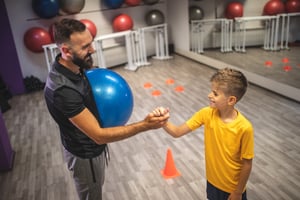 Incorporate:
Incorporate: Include non-health-related personal preferences within the fitness routine. For example, if a child adores Thomas the Tank Engine, a walk by the train tracks provides exercise while bringing them joy.
-
Motivate:
Use a fitness tracker to celebrate when exercise is completed. Stickers, checkmarks, and other physical cues serve as fantastic motivators for visual learners.
-
Routinize:
Make fitness a routinized part of the schedule, with a concrete beginning, middle, and end. This pattern will provide comfort for autistic individuals as they anticipate all parts of the fitness routine.
-
Simplify:
Keep exercise simple as the child adapts to new activities. As skills are mastered, new physical cues and stimulations should be added gradually to prevent the child from feeling overwhelmed or discouraged.
Community
Fitness provides a great way to develop a sense of community for autistic teenagers. The health and wellness industry has expanded opportunities for autistic individuals over the last several years, including the following innovative fitness experiences. Research each of the below opportunities within your community through the “explore more” section below!
-
Special Needs Sports Programs:
There are a variety of sports programs designed with special needs individuals in mind, allowing players to develop at their own pace in a safe, fun, and inclusive atmosphere. For example, the Special Olympics 32 Olympic-type sports through programs in more than 170 countries and all 50 US states.
-
Autism Certified Personal Trainers:
A growing number of personal trainers across the world have an Autism Fitness Certification®. To achieve this accreditation, individuals must learn about the nuances of autism to develop fitness programming that can be adapted to suit a client’s personalized needs.
-
Internet-Based Connections:
As social media within the online world has expanded in use, so have the opportunities for connection in the autism community. Numerous digital platforms -- from Meetup, to Facebook, Instagram, and beyond -- have local groups devoted to the needs of autistic individuals, many of which include wellness components.
References and Opportunities to Explore More:
Autism Fitness ® Education & Certification. (n.d.). Retrieved August 18, 2020, from https://autismfitness.com/autism-fitness-certified-pro
Geslak, D. S. (2017). Challenging Autism With Exercise. ACSMʼs Health & Fitness Journal, 21(2), 19-24. doi:10.1249/fit.0000000000000280
Healy, S., Nacario, A., Braithwaite, R. E., & Hopper, C. (2018). The effect of physical activity interventions on youth with autism spectrum disorder: A meta-analysis. Autism Research, 11(6), 818-833. doi:10.1002/aur.1955
Kaur, Sharma, J. R., Arieff, Z., & Sagar, S. (2012). Autism and Obesity: Prevalence, Molecular Basis and Potential Therapies. Autism Insights, 1. doi:10.4137/aui.s9138
Pan, C. (2012). Motor proficiency and physical fitness in adolescent males with and without autism spectrum disorders. Autism, 18(2), 156-165. doi:10.1177/1362361312458597
Phillips, K. L., Schieve, L. A., Visser, S., Boulet, S., Sharma, A. J., Kogan, M. D., . . . Yeargin-Allsopp, M. (2014). Prevalence and Impact of Unhealthy Weight in a National Sample of US Adolescents with Autism and Other Learning and Behavioral Disabilities. Maternal and Child Health Journal, 18(8), 1964-1975. doi:10.1007/s10995-014-1442-y
Sowa, M., & Meulenbroek, R. (2012). Effects of physical exercise on Autism Spectrum Disorders: A meta-analysis. Research in Autism Spectrum Disorders, 6(1), 46-57. doi:10.1016/j.rasd.2011.09.001
Sports. (n.d.). Retrieved August 18, 2020, from https://www.specialolympics.org/our-work/sports
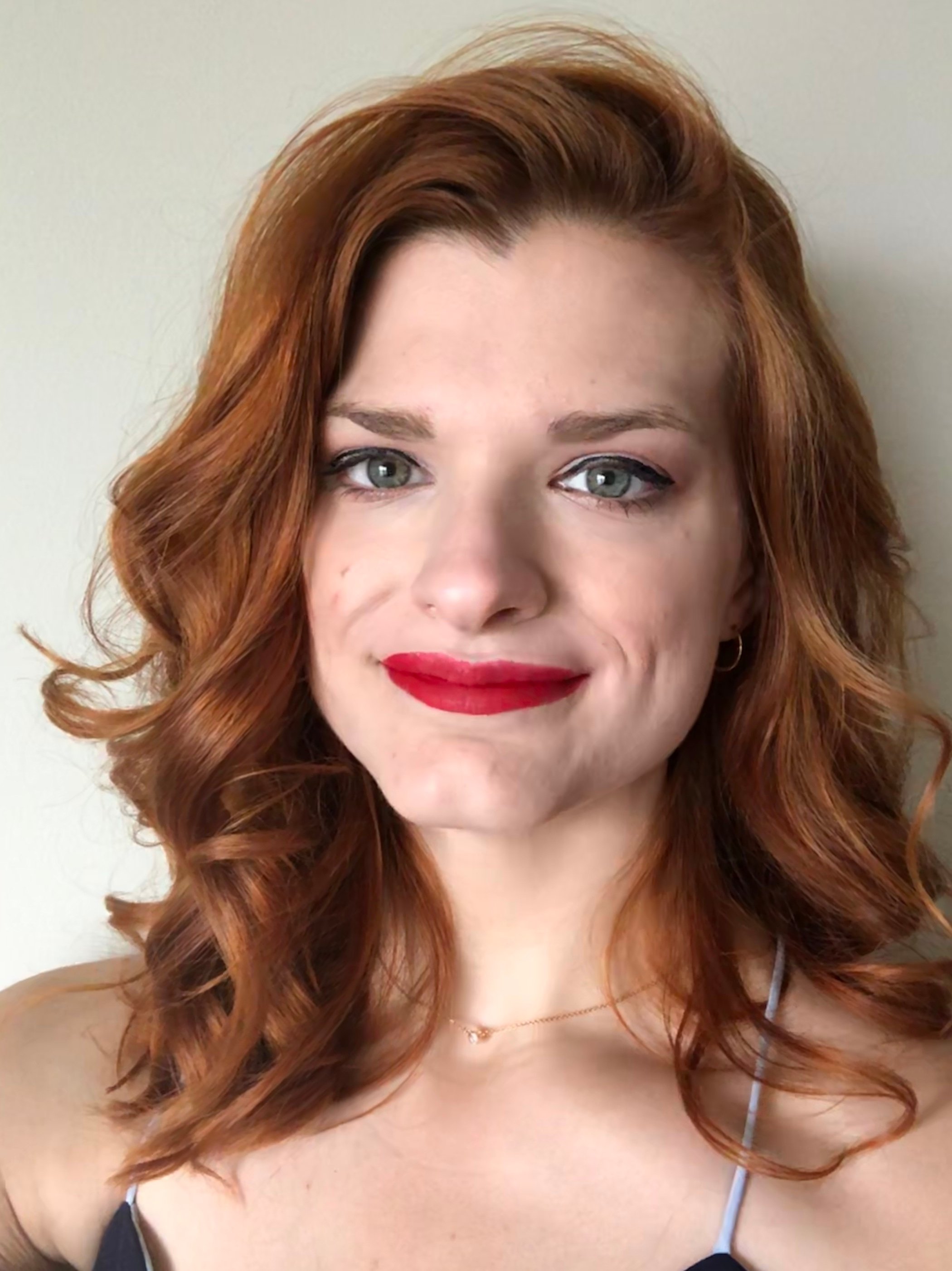
Sam Krause
Sam Krause is an impassioned educator, curriculum designer, and writer from the wilds of the Pacific Northwest. Her adventures in pedagogy have spanned the globe, by studying Pre-K systems in Guangzhou, designing materials for NYC non-profit programs, and founding a high school in Nashville, TN. These profound experiences have led her down an exhilarating new trail to Cambridge, MA via Harvard's Technology, Innovation, and Education M.Ed program. She aspires to create innovative materials that allow all learners to succeed, wherever their individual paths may lead.


